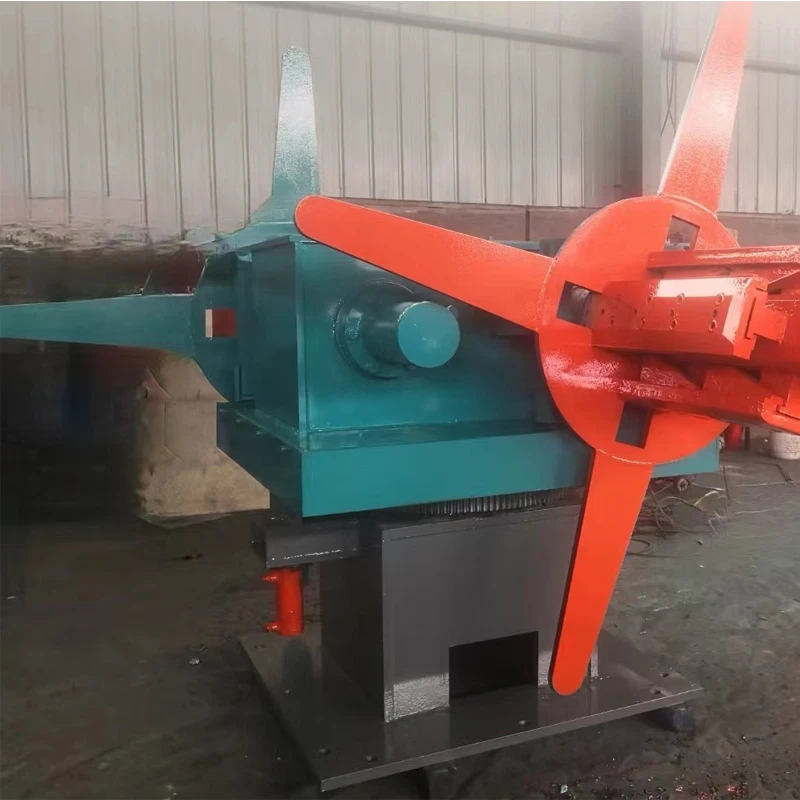sheet flattening machine
The Importance of Sheet Flattening Machines in Modern Manufacturing
In the fast-paced world of manufacturing, efficiency and precision are paramount. One of the critical processes that contribute to the overall productivity of production lines is sheet flattening. At the heart of this process lies the sheet flattening machine—a vital piece of equipment designed to ensure that sheet materials, such as metals, plastics, and composites, are perfectly flattened and ready for further processing. This article delves into the significance, functionality, and advancements in sheet flattening machines.
Understanding Sheet Flattening Machines
Sheet flattening machines are specialized devices that flatten and straighten sheet materials that may have been distorted during previous manufacturing processes, transport, or storage. The primary function of these machines is to ensure that the sheets meet the necessary specifications for thickness, flatness, and surface quality, which are critical for subsequent operations like cutting, bending, or welding.
Typically, these machines operate using a combination of rollers and hydraulic systems. The sheets are fed through a series of rollers that exert pressure, allowing them to bend and reform to achieve a flat surface. The degree of pressure and the number of rollers can vary based on the material and thickness of the sheet being processed. High-quality sheet flattening machines can process a variety of materials, catering to different industry needs.
The Role in Manufacturing
The role of sheet flattening machines is multifaceted. Firstly, they enhance the quality of the final product. A flat sheet is easier to handle and process, leading to reduced waste and improved alignment in manufacturing operations. This is particularly crucial in industries such as automotive, aerospace, and construction, where precision is vital.
Secondly, these machines contribute to increased production efficiency. By automating the flattening process, manufacturers can reduce manual labor and speed up the workflow. This automation allows employees to focus on more complex tasks, thereby fostering a more efficient manufacturing environment.
sheet flattening machine

Moreover, sheet flattening machines are instrumental in reducing material defects. Bent or warped sheets can lead to significant issues during subsequent processes, causing delays and increased production costs. By ensuring that sheets are flattened correctly, manufacturers can minimize the risk of defects, saving time and resources in the long run.
Technological Advancements
With the advent of modern technology, sheet flattening machines have seen significant advancements. Today's machines are equipped with sophisticated control systems that allow for precise adjustments to pressure and roller spacing, accommodating a wide range of materials and thicknesses. Many machines now feature touchscreen interfaces that make it easier for operators to monitor and control the flattening process.
Additionally, automation technologies such as robotic feeders and output conveyors are integrated into many sheet flattening systems. These advancements not only improve the speed of operations but also enhance safety by minimizing the risk of operator injury during handling.
Furthermore, the industry is witnessing a trend towards energy-efficient and eco-friendly machines. Manufacturers are increasingly aware of their environmental impact, leading to the development of machines that consume less energy while maintaining optimal performance. This shift not only benefits the environment but can also result in significant cost savings for manufacturers.
Conclusion
In conclusion, sheet flattening machines are essential components of the modern manufacturing landscape. They play a critical role in ensuring the quality, efficiency, and reliability of production processes across various industries. As technology continues to evolve, these machines are becoming more advanced, paving the way for a more efficient and sustainable manufacturing future. By investing in high-quality sheet flattening machines, manufacturers can enhance their productivity and maintain a competitive edge in an increasingly demanding market.
-
High Frequency Straight Seam Welded Pipe Production Line-BzZhou Xinghua Machinery Equipment Manufacturing Co., LTD.|Precision Welding, High EfficiencyNewsJul.30,2025
-
High Frequency Straight Seam Welded Pipe Production Line|BzZhou Xinghua|Precision Welding&EfficiencyNewsJul.30,2025
-
High Frequency Straight Seam Welded Pipe Production Line - BzZhou Xinghua|Precision Engineering&EfficiencyNewsJul.30,2025
-
High-Frequency Straight Seam Welded Pipe Production Line-BzZhou Xinghua Machinery Equipment Manufacturing Co., LTD.NewsJul.30,2025
-
High-Frequency Straight Seam Welded Pipe Production Line-BzZhou Xinghua Machinery Equipment Manufacturing Co., LTD.|Precision Manufacturing, High EfficiencyNewsJul.30,2025
-
High Frequency Straight Seam Welded Pipe Production Line-BzZhou Xinghua Machinery Equipment Manufacturing Co., LTD.|Precision Steel Pipe Manufacturing&Industrial EfficiencyNewsJul.29,2025


